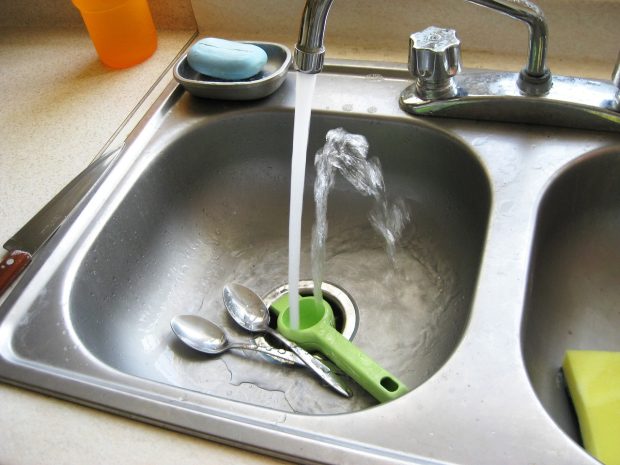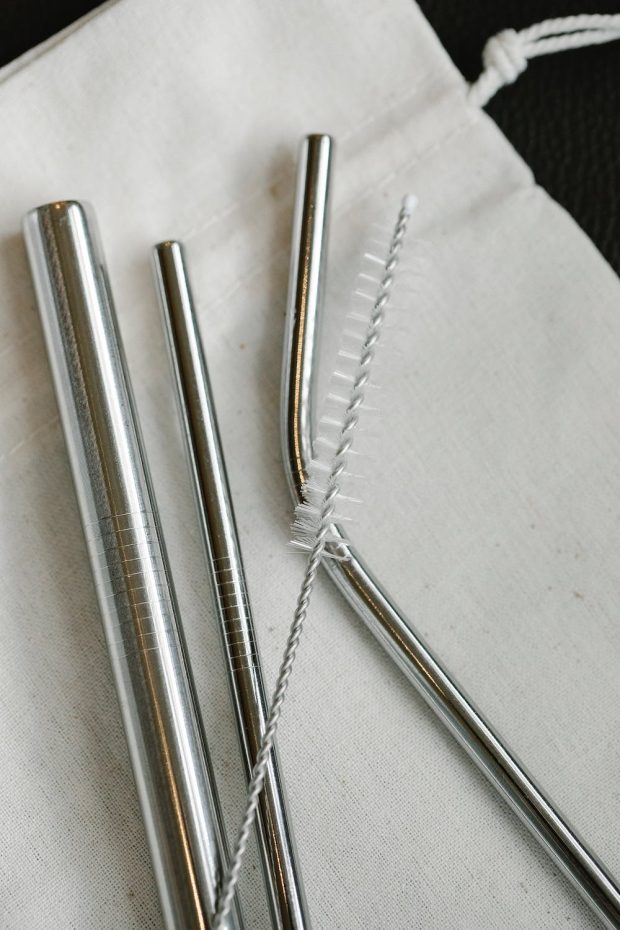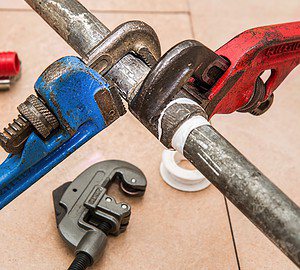You’re in the market for a new stainless-steel sink. Congrats! It’s a big purchase, and there are many things to consider. This is where the confusion comes in. What qualities should you look for?
The following piece covers tips on choosing quality stainless steel. Consider your needs and preferences and find a sink that best suits them.

What is stainless steel?
Stainless steel is a type of steel that contains at least 10.5% chromium. This chromium forms a thin, invisible film on the surface of the steel that resists corrosion and oxidation (rust).
So, what makes stainless steel sinks so popular? Well, besides the fact that they look great and are durable, they’re also easy to care for. A little soap and water are all it takes to keep them looking shiny and new.
How to choose a stainless steel kitchen sink?
Here are a few things to remember when shopping around for a sink.
- The sink size: Choose a size appropriate for your needs. You might want a larger stainless steel kitchen sink if you have a large kitchen. For a small kitchen, opt for a smaller sink.
- The shape of the sink: There are various shapes to choose from, so find one that best suits your needs. If you often do dishes by hand, consider a deep sink with plenty of space.
- The style of the sink: Stainless steel sinks come in different types; get one that matches the look of your kitchen.
- The quality of the sink: Choosing a high-quality sink is vital if you want it to last. Do your research and read reviews before making your purchase.
Quality stainless sink
A quality sink is made from 16-gauge steel or thicker. The thicker the steel, the harder it is to dent or scratch. A thicker sink will be less likely to bow under the weight of a heavy pot or pan. It needs to have a mirror-like finish and resist fingerprints and water spots. The sink should also be made from 100% stainless steel. Some sinks are only partially stainless, which can lead to corrosion and rust over time. Finally, always choose a sink from a reputable manufacturer. This will ensure you get a quality product that will last for years.
A further key feature of stainless-steel sinks
Another key element in a stainless sink is the radius. Radius plays a huge role in adding elegance and allowing you to use the sink easily. It’s the curvature of the edges and walls. Examples include zero, tight, and standard radius sinks.
A zero radius sink with 90 degrees corners isn’t the best option when a huge chunk of the sink remains unusable. A ½ inch-radius corner design is a better option, as it’s elegant and easy to maximize the space when cleaning.
Advantages of a stainless-steel sink
Why choose stainless steel sink? If you are wondering what makes them unique, here are some reasons.
1. Durable and resistant
Stainless steel is durable and resistant to scratches, corrosion, and heat. That means you don’t have to worry about chipping or staining the sink as you would with a porcelain or enamel sink.
2. Easily modified
Stainless steel can be molded into various shapes and sizes. This gives you room to be creative with your kitchen design. Also, since it reflects light instead of absorbing it, a stainless-steel sink can add a nice touch of brightness to your kitchen. Black stainless sink is perfect for dark spaces or small kitchens with limited natural lighting.
3. Affordable
Stainless steel is affordable compared to other materials like granite or quartz. It might be your best bet if you’re looking for an economical option that still looks great and offers plenty of benefits!
Selection of the suitable stainless-steel sink
Once you’ve decided on the size and shape for your sink, it’s time to choose a good quality stainless steel sink.
● Grade of stainless steel
The most important consideration is the grade of stainless steel. You’ll want to select one that is either 304-grade or 316-grade. This grade will ensure that your sink is corrosion-resistant and stands up to daily use.
● The thickness of stainless steel
The sink should have at least 16 gauge. Any less than this, your sink may become dented over time, which would be unsightly and could impact its efficiency. A high-quality stainless-steel sink should also have a sound-deadening feature to reduce noise every time you turn on the tap.
● The stainless steel finishes
The finish of your chosen sink matches your kitchen décor. Popular finishes include brushed, matte, or satin finish, matching any kitchen décor you have in mind.
Conclusion
Choosing top-quality stainless steel isn’t rocket science. You need to know what you want before making a purchase. Consider factors like size, shape, style, and finish. Are you planning to purchase a stainless-steel sink soon? What features can’t you compromise?




